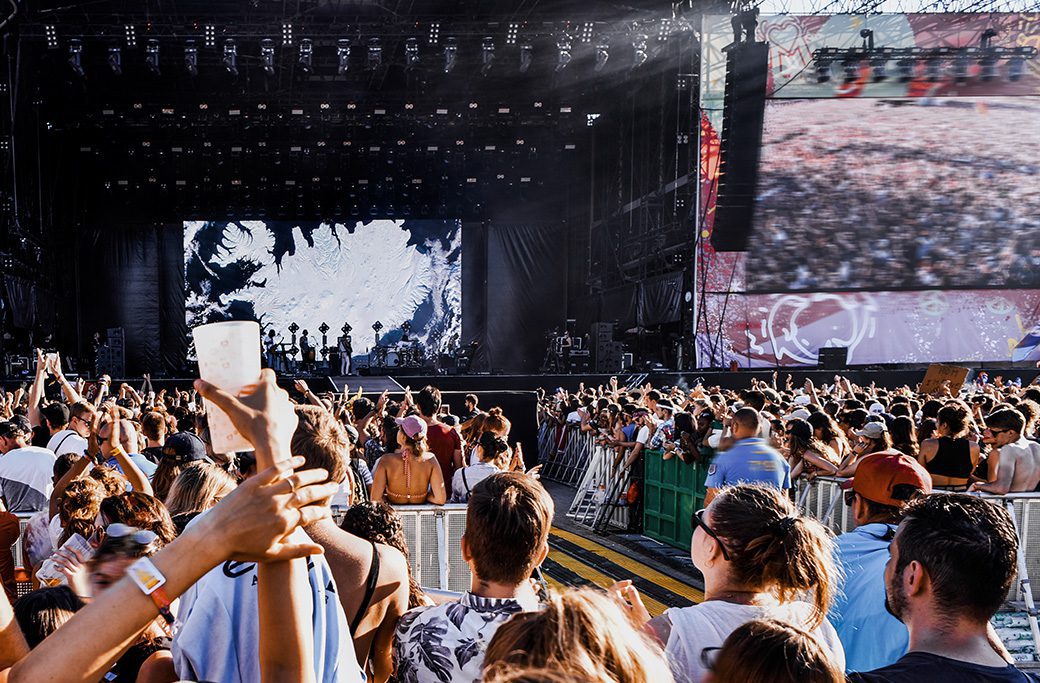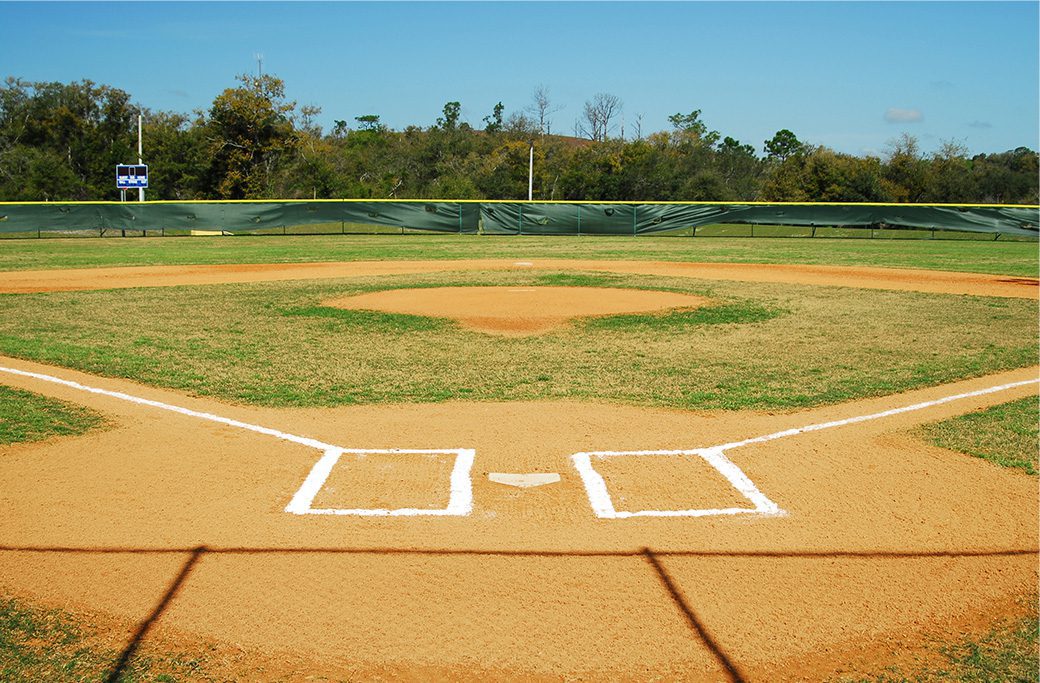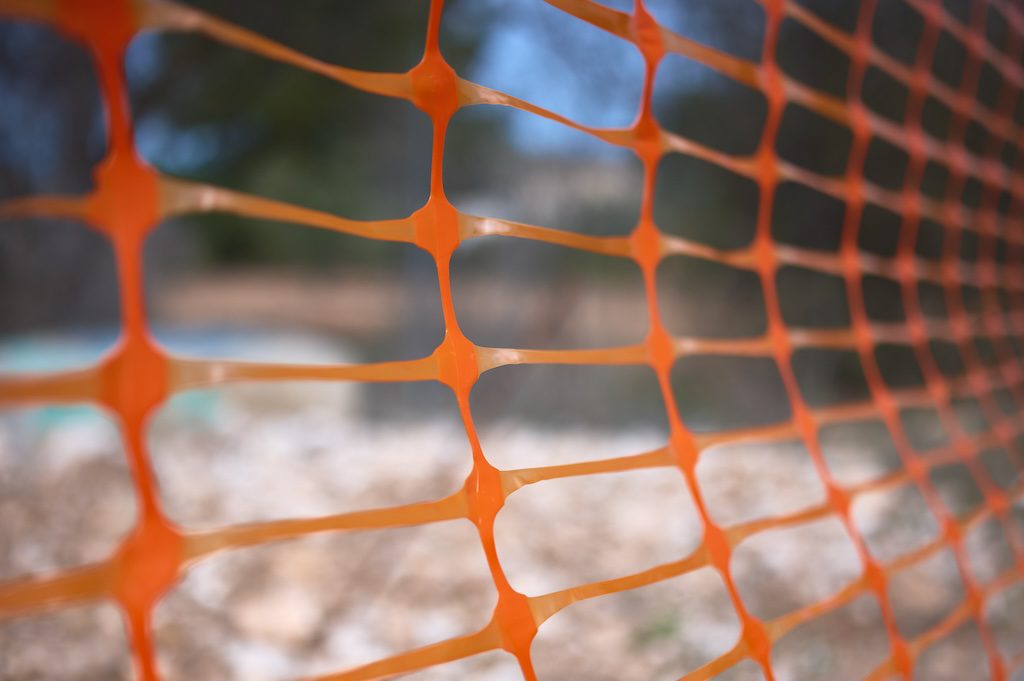Temporary fencing has become an essential part of events nowadays. Be it a music festival, sports event, or construction site, temporary fencing plays a crucial role in managing security and crowd control. But have you ever wondered about the history of temporary fencing? How it has evolved over the years? Today, we will take you on a journey through time to explore the fascinating evolution of temporary fencing.
The earliest known use of temporary fencing can be traced back to the Roman Empire. They used wooden stakes connected by ropes to create temporary barriers around their military camps. The purpose was to keep the enemy out and protect their troops. This concept was also used in medieval times, where wooden palisade fences were built around castles and towns.
In the 19th century, temporary fencing evolved to suit the needs of the construction industry. Chain-link fencing came into existence, which was more durable and could last longer. The invention of barbed wire in 1874 revolutionized the concept of temporary fencing. It was cheap, easy to install, and provided a high level of security. Farmers used barbed wire to create temporary enclosures for their livestock.
During World War II, the military used temporary fencing made of steel wire and mesh panels to secure their camps and airfields. These were easy to move and install, making them perfect for the fast-paced military environment.
In the 1960s, temporary fencing became popular in the sports industry. The chain-link fence was used to enclose baseball fields and sports stadiums. Its versatility and durability made it a popular choice for sports facilities worldwide.
Fast forward to the modern-day, temporary fencing has evolved to meet the changing needs of the industry. Today, there are a variety of temporary fencing options available, including PVC fencing, barricades, and mesh fencing. These fences are designed to provide security, crowd control, and privacy.
Evolution of Temporary Fencing
The evolution of temporary fencing has been an interesting journey, from wooden stakes to barbed wire and modern-day PVC fencing. The various uses and advancements in temporary fencing have played a crucial role in the development of different industries. Temporary fencing is now an integral part of events and construction sites, providing safety and security. It will be exciting to see how temporary fencing will continue to evolve in the future.






